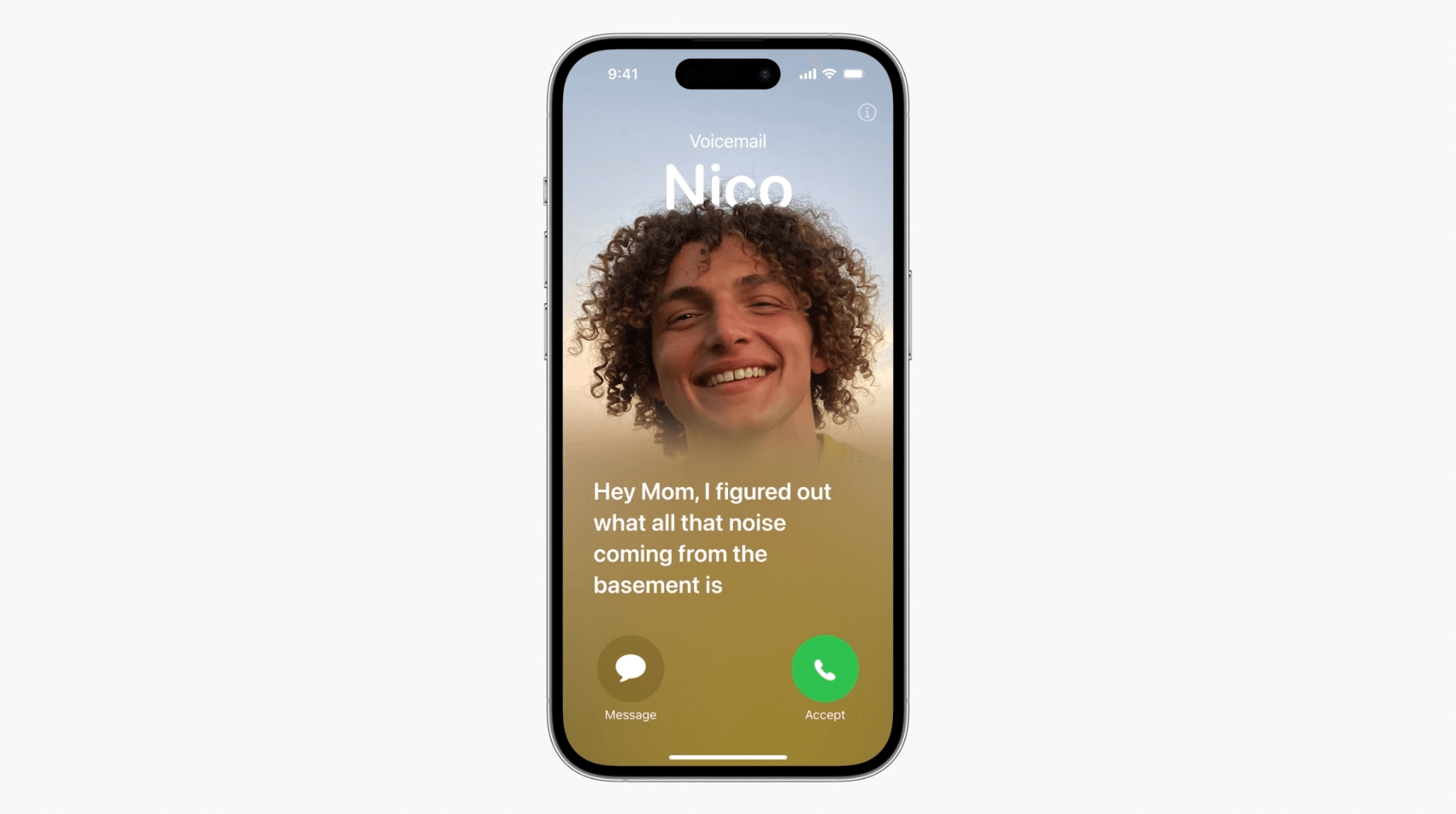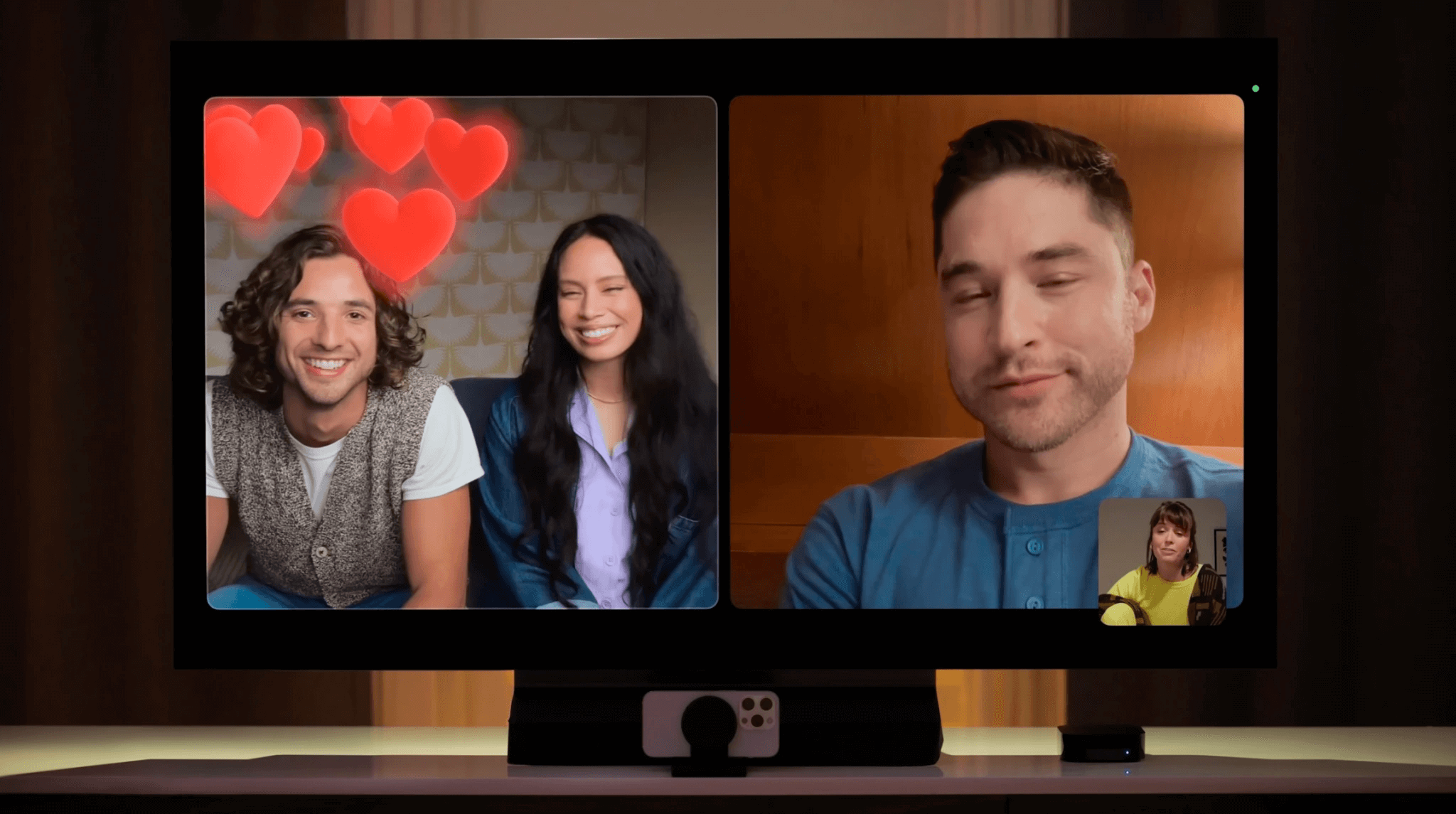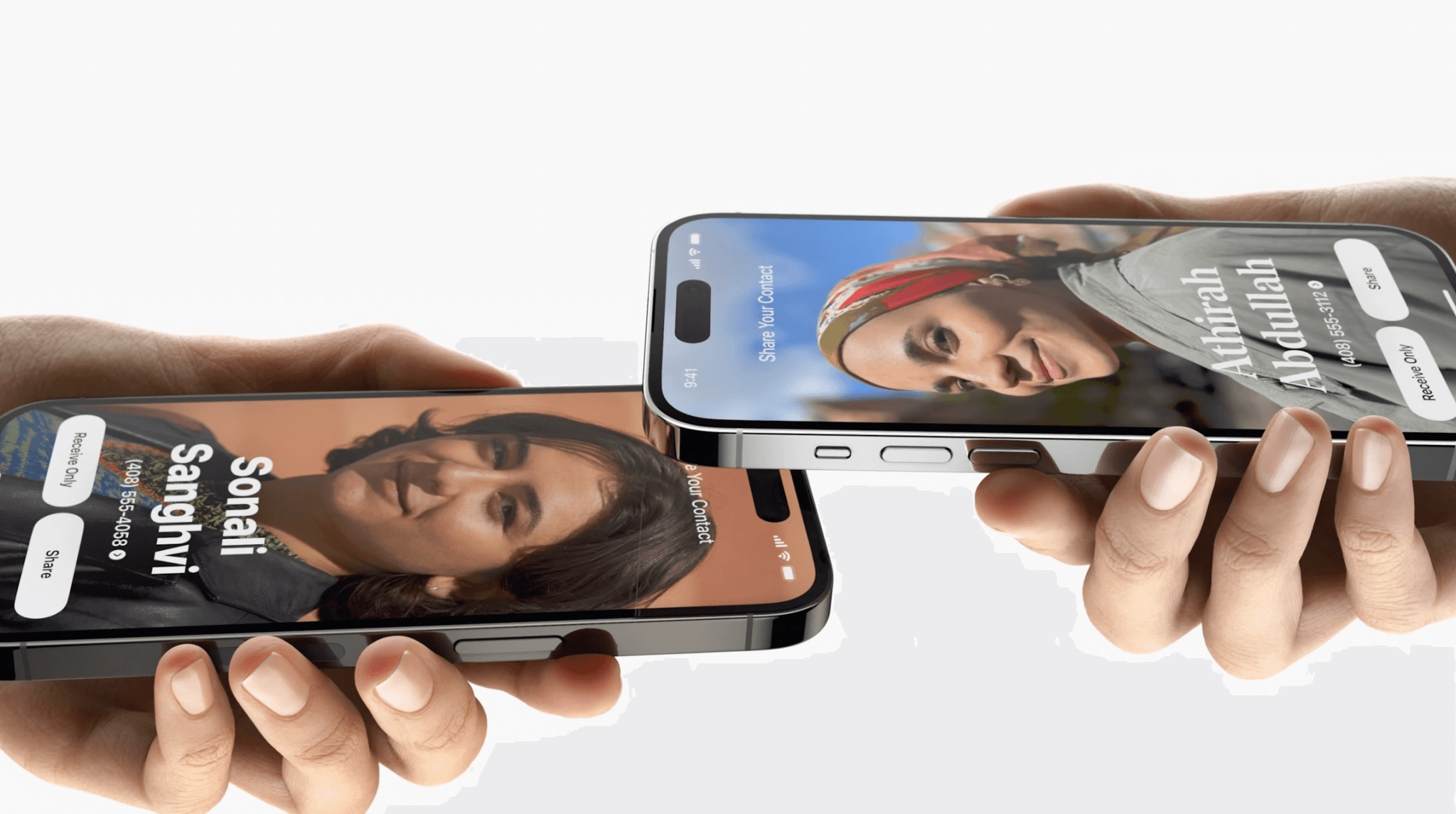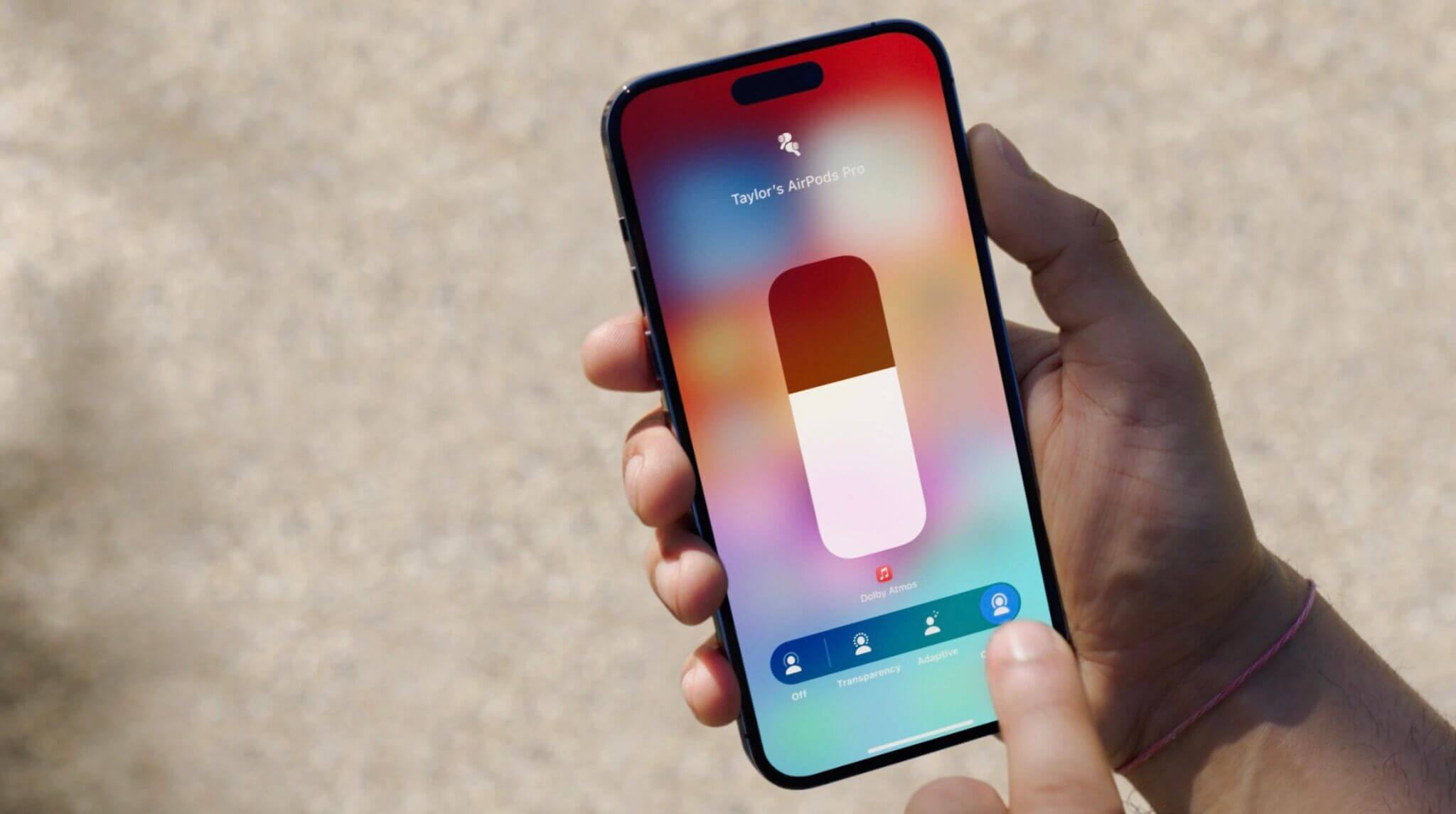Everything announced at today's Apple event: iPhone 15, USB-C, Apple Watch Series 9 and more
Apple's 2023 iPhone event came and went almost in the blink of an eye. As always, the company had a bunch of new devices to show off during the "Wonderlust" showcase but thanks to long-standing rumors, there weren't too many major surprises.
On the phone front, we have the iPhone 15, iPhone 15 Plus, iPhone 15 Pro and iPhone 15 Pro Max. There's no new iPhone SE just yet, unfortunately, while the rumored iPhone Ultra may join the lineup next year. Though it was widely expected, the biggest news is that Apple has ditched the Lightning port across the entire iPhone 15 lineup. USB-C is the way of things now.
Elsewhere, we have an Apple Watch Series 9 and Apple Watch Ultra 2, along with AirPods that have a USB-C port in the charging case. In addition, we learned just when iOS 17, iPadOS 17, tvOS 17, watchOS 10 and macOS Sonoma will arrive.
iPhone 15 and 15 Plus

As mentioned, Apple is sending the Lightning port sailing into the sunset. After gradually phasing out the port in favor of USB-C on iPad over the last few years, the company is making a more immediate switch with the iPhone 15 lineup. The European Union has forced Apple's hand here, due to legislation that requires mobile devices sold in the bloc to have a USB-C charging port.
On the downside, that means the collection of Lightning cables, dongles and accessories you've amassed over the years will become less useful. On the other hand, there should be far greater compatibility of cables and other devices with the latest iPhones. It'll probably be easier for you to find a charging cable when you need one — the same cable can power up your Mac, iPad, iPhone or new AirPods Pro case. Those who still plug their phones into computers may be pleased, since USB-C data transfer rates are far faster than what Lightning cables are capable of. In a pinch, you can also charge your AirPods case or Apple Watch from your phone.
Apple hasn't changed the screen sizes of this year's iPhones. The base iPhone 15 and the Pro have 6.1-inch displays, while the Plus and Pro Max have 6.7-inch screens.
The iPhone 15 has an all-new design with rounded edges, Apple said. The most obvious consequence of that is the dynamic island that debuted in the iPhone 14 Pro is coming to this year's entire lineup. There's a 2,000-nit Super Retina XDR display in the iPhone 15 that's twice as bright as the one on the iPhone 14. You'll get up to 1,600 nits of brightness while viewing Dolby Vision video and other HDR photos and videos.
Apple has introduced a new camera system to the iPhone 15 that includes a 48MP main camera, an ultrawide lens and TrueDepth front camera. With the rear cameras, you'll be able to take more details "next-generation portraits," Apple says. You won't have to manually switch to portrait mode either, since the phone's machine leaning capabilities will be able to tell when you're focusing on a person, according to Apple. You can even switch the focus to a different person after the fact when you're editing the image.
The iPhone 15 runs on the same A16 chip as the iPhone 14 Pro and it has a second-gen ultra wideband chip. Apple says the latter can help you find your friends' exact location when you're looking for them in a crowded place. The company also claims that the latest iPhone does a better job of filtering out background noise on calls.
If you're in a remote location and need roadside assistance, satellite connectivity can help you contact who you need to. You'll be able to use satellite connectivity to contact first responders in an emergency too.
The iPhone 15 is available in pink, yellow, green, blue and black. It starts at $799 and the iPhone 15 Plus starts at $899. Pre-orders start on September 15. Both phones will arrive in stores on September 22.
iPhone 15 Pro and Pro Max

Apple has a significant change in store with the iPhone 15 Pro designs this year too: a titanium body for durability. That also makes these the lightest iPhone Pro models to date. Apple says the iPhone 15 Pro has the thinnest screen borders of any iPhone as well. Another interesting thing to note is that Apple says an updated internal architecture makes the device more repairable.
Perhaps of more interest to many folks, however, is the introduction of an Action button on an iPhone for the first time. You can think of it as an upgraded mute switch. While you can still use it to put your phone in silent mode, you simply hold it down to activate Action button mode.
As is the case on the Apple Watch Ultra, you can customize the Action button. You might set it to launch the camera app instantly, activate a voice recording, turn on an accessibility function or even trigger a shortcut.
A new A17 Pro chip powers the latest iPhone Pro models. It's a 3nm chipset that has 19 billion transistors. It has a six-core CPU with two high-performances cores and four high-efficiency cores, along with a six-core GPU that supports hardware-accelerated ray-tracing that's four times faster than before, Apple claims.
There's also a 16-core neural engine on the A17 Pro, along with dedicated ProRes engines, support for an always-on display. Video streaming should get an upgrade too, thanks to an AV1 video decoder. All of that power means that the iPhone 15 Pro can natively run modern AAA games such as Assassin's Creed Mirage, Death Stranding and Resident Evil Village.
As for the iPhone 15 Pro's camera system, that can capture 3D spatial videos that will be compatible with Apple Vision Pro headsets. What's more, if you opt for the iPhone 15 Pro Max, you'll get a 5x telephoto zoom lens with a 120mm focal length equivalent.
The iPhone 15 Pro and Pro Max start at $999 and $1,199, respectively. Pre-orders open this Friday (September 15), and the phones will ship on September 22.
Apple Watch Series 9

The major change in the Apple Watch Series 9 is an upgraded chipset. The S9 chip has 5.6 billion transistors and a GPU that Apple says is 30 percent faster than before. There's a four-core neural engine and machine learning capabilities that are up to twice as fast on those seen in the Series 8.
These power more advanced Siri experiences, Apple says. Siri requests are now processed on-device, which should make them faster as Apple won't need to send them to the cloud and back. You'll be able to log and ask for health data with Siri too.
There's a second-gen ultra wideband chip to help you find a misplaced iPhone with more precision (as long as the phone has that chip too). The display reaches 2,000 nits, making it twice as bright as the Series 8 and as bright as the Apple Watch Ultra. The brightness can also drop as low as one nit, which should be useful for when you're at the movies and don't want to bother other people with the always-on display.
On top of that, Apple is introducing a new gesture called Double Tap. By tapping your thumb and index finger together twice, you'll carry out the primary action in an app — answering or ending a call, playing or pausing a song, stopping a timer and so on. The S9 chip's neural engine powers Double Tap (so don't expect to see it on earlier models) and the feature will be available in October. This builds on accessibility features that have been available on Apple Watch for some time.
The Apple Watch Series 9 starts at $399 for a GPS model and $499 if you want cellular connectivity. You can pre-order the new wearable today. It will ship on September 22.
Apple Watch Ultra 2

The Apple Watch Ultra 2 has the same S9 SIP, Double Tap, on-device Siri and ultra wideband features as the Series 9. It has the same battery life as the first Ultra (up to 36 hours and 72 on low-power mode). That's despite having a far brighter display.
The screen is 50 percent brighter than the previous model at 3,000 nits. An ambient light sensor will be able to automatically switch the display to night mode.
The Apple Watch Ultra 2 starts at $799 for GPS and cellular connectivity. Pre-orders go live today and it will ship on September 22.
Software

Those of you who aren't convinced about getting the latest iPhone or Apple Watch won't miss out on all the new stuff entirely. More features are coming to recent iPhones and Watches thanks to iOS 17 and watchOS 10, both of which will drop on September 18.
That's not all, though. Apple has announced that iPadOS 17 and tvOS 17 will arrive on September 18 as well. As for those of you with an Apple desktop or laptop, you can upgrade your operating system to macOS Sonoma on September 26.























